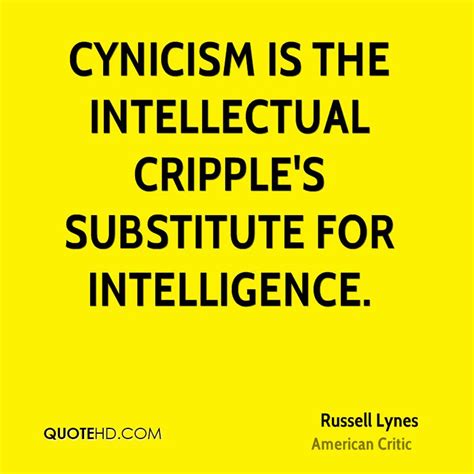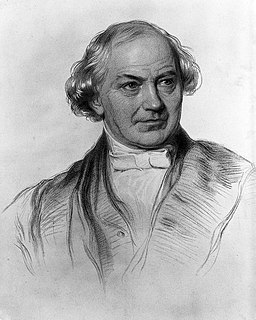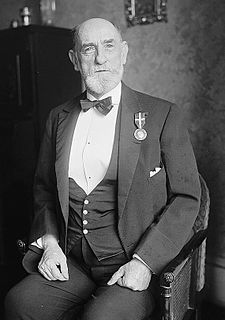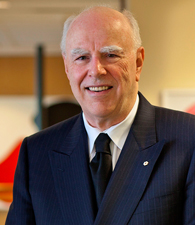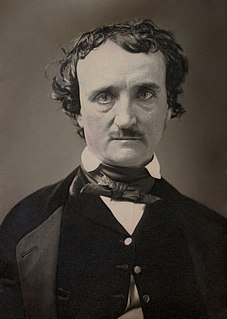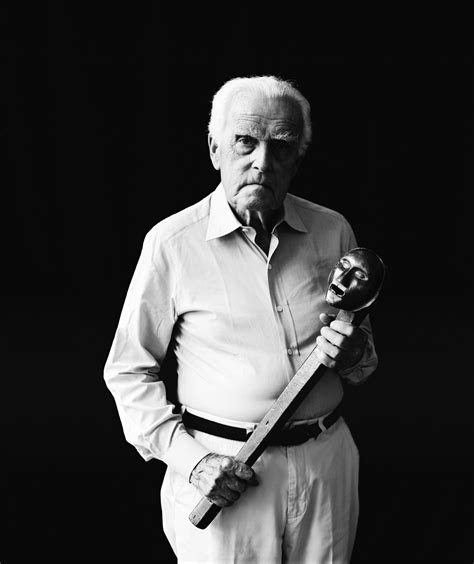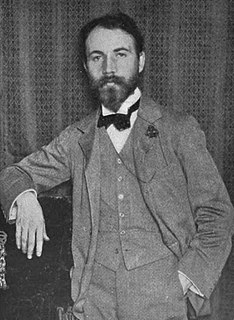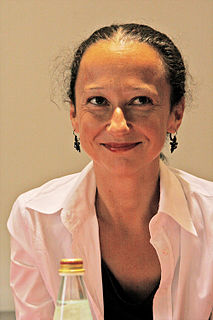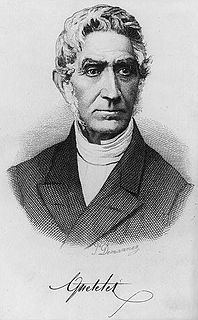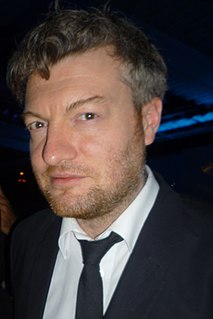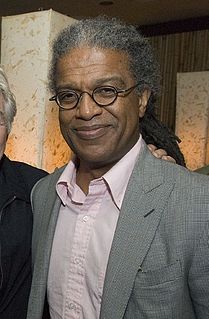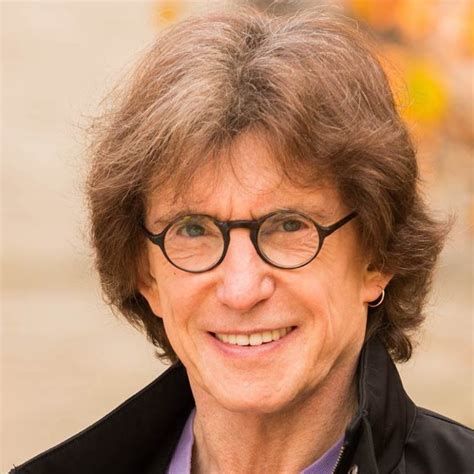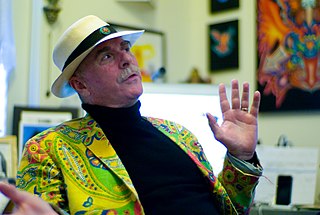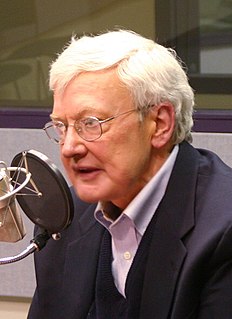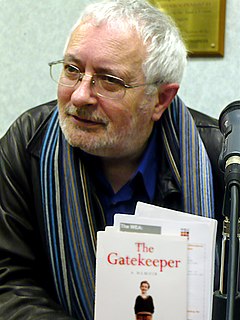A Quote by Russell Lynes
The shaping of taste is essentially the science of merchandising, whether of detergents or cars or books or objects of fine and decorative art.
Quote Topics
Related Quotes
As readers can probably tell from my books, I love the outdoors. I love to hike, kayak, and swim. I also love to read (which is probably not a surprise) and I love the theater and art museums. I especially love all the instruments of art: inks, pens, paintbrushes, watercolors and oils, fine papers and canvases, and although I love to mess around with these tools and objects, I have minimal artistic skills.
It became a question of taste. I have a certain taste in art history. And that - I had a huge library of art history books in my studio. And I would simply have the models go through those books with me, and we began a conversation about, like, what painting means, why we do it, why people care about it why or how it can mean or make sense today.
It is clear that everybody interested in science must be interested in world 3 objects. A physical scientist, to start with, may be interested mainly in world 1 objects--say crystals and X-rays. But very soon he must realize how much depends on our interpretation of the facts, that is, on our theories, and so on world 3 objects. Similarly, a historian of science, or a philosopher interested in science must be largely a student of world 3 objects.
The secondary Imagination I consider as an echo of the former, co-existing with the conscious will, yet still as identical with the primary in the kind of its agency, and differing only in degree, and in the mode of its operation. It dissolves, diffuses, dissipates, in order to recreate: or where this process is rendered impossible, yet still at all events it struggles to idealize and to unify. It is essentially vital, even as all objects (as objects) are essentially fixed and dead.
